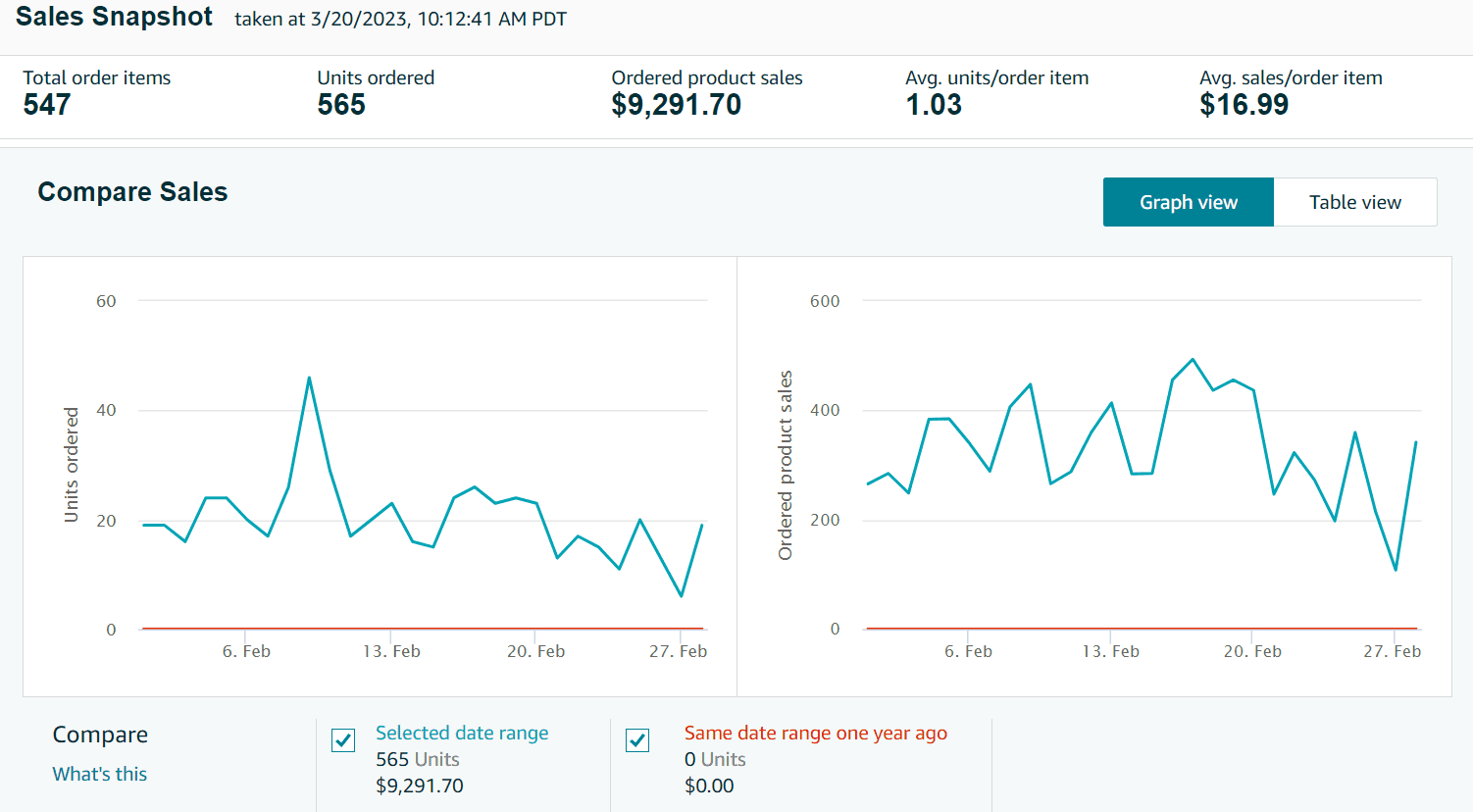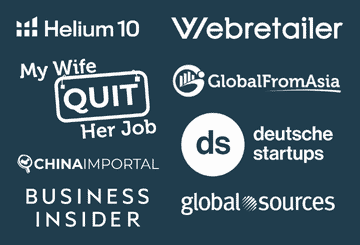After officially launching a new FBA brand last month, I’ve continued to be hard at work developing new products and placing orders in order to grow further. This month was mostly filled with developing new products and optimizing the Amazon presence further.
Here’s what I will cover in this second case study update:
- Product Development Process
- On-Amazon Optimization
- Monthly Financials
- Next months plan
If you haven’t read Month 1 yet – go here.
Let’s get into it!
Product Development Process
The key to growing a brand quickly on Amazon is to launch as many products as quickly as possible. While also ensuring the quality of the products is high and you’re offering something that people want.
If I want to reach my goal of a $83,333/month run-rate in under 12 months, I estimate I’ll need to launch at least 10-15 products this year.
In February, this is where I spent a lot of my time. My product development process goes like this:
- Find overall niche
- Identify possible products
- Research new products
- Find supplier, order samples, and test
- Place inventory order.
Last case study, I talked about how to find an overall niche and identify possible products. This month was spent diving deep on steps 3 and 4 – researching new products and testing new suppliers.
Researching New Products
For my research process, I use Helium10 to see rough revenue estimates. Now that I’m brand registered on Amazon, I can also use tools such as the Product Opportunity Explorer and Search Query Analytics to get more accurate data.
Coming into the month, I already had an idea for 3 products. My first step was to order from 3 of the current top ranked competitors on Amazon.
As I received the products, I started testing them. The basics for my evaluation were based on the reviews of each product. I read through each review (500+) and noted the scenarios that the people were using these products in and the common issues each were experiencing.
While I’m not going to reveal my specific brand/products, let’s talk this meditation pillow as an example:

There are a number of complaints about how comfortable it is and how the shading doesn’t match the pictures. So if I was going to launch a similar product, I may try to make adjustments to increase the comfort and take better listing images to better show the true color.
Evaluating Product Samples
After reading the product reviews of similar products, you should have a good understanding of the common issues with the product. Once you find a manufacturer and order product samples, ask yourself – does this sample fix the common issues? Will it last as long/longer than competitor products? What will be my edge against competition?
Remember on Amazon – you want to find a way to visually distinguish your product from competition. If you decide to make your product longer-lasting but nobody can tell from its outward appearance, it doesn’t help you that much.
In February, I went through this process with 3 new products. I ordered samples for two new products and am still in the process of new product development for a 3rd product.
Before the end of February, I placed a full order for a 2nd product. This product will have to ship by sea so I wanted to get it started as fast as possible so I can launch it before summer.
[thrive_leads id=’51377′]
On-Amazon Optimization
The first product for this brand launched on January 24, 2023 – so it only had about 7 days of data before the end of the month. In the first month, I did $1,423 in revenue and sold 114 units.
In February, I made significant progress on the Amazon optimization side of things.
- Started to get Vine Reviews
- Built out full Amazon Ad campaign structure
The biggest update is that I started to get Vine reviews. Last month, I chose to enroll the full 30 units allowable into the Vine program. All 30 units were claimed by Vine influencers and the first reviews started to show up in first and second weeks of February.
Luckily all of these reviews were 4 and 5 stars which significantly helped the product. My review count is rapidly increasing and I’m maintaining above a 4.5 star rating – which significantly helps conversions.
I also built out a full Amazon Ad campaign structure this month. When I first launch a product on Amazon, I prefer to only have 2-3 campaigns focusing on ranking. For these campaigns, I’ll choose 2-3 of the top keywords and focus exclusively on them using exact match.
This month, I built out a full Amazon Ad campaign structure. This structure looks similar to the below:
- Auto campaign – for keyword/product harvesting
- Competitor Product Targeting
- Broad Match campaign targeting relevant keywords
- Exact Match campaign targeting relevant keywords
- Ranking campaigns designed to increase organic ranking on key terms
I wanted to wait until my product had at least 10-15 reviews before building out a full campaign structure. Otherwise, running PPC wouldn’t have been as effective as possible.
Monthly Financials Update

In February, I did more than $9,000 in revenue and sold 565 units.
A rough breakdown of profitability is below:
- Revenue: $9,261.70
- Amazon Fees: $3,259.20
- COGS: $1395.55
- PPC Spend: $2,575.41
- Total: $2,031.54
And we’re in the green! If you remember, last month we were roughly $1,200 in the hole. This month, we generated a net profit!
Plan for March
With 1 product launched and an order for a 2nd product in progress, I want to finalize 3 more products. The hope is to have 5-7 products live on Amazon before June/July. To do that, I’ve got to place orders by end of March/early April. Production for most products takes 2-3 weeks and then sea shipping to the US from China takes an additional 4 weeks.
Actionable Takeaways
- Product development is the primary path to quick growth on Amazon. Once you’ve launched your first product and seen some success, your primary focus should be on launching as many products as possible
- Use competitor insights to inform your product development process – make sure your product fixes those problems
- Once you have a successful launch, focus on optimizing the rest of your Amazon presence to increase efficiency and profitability

